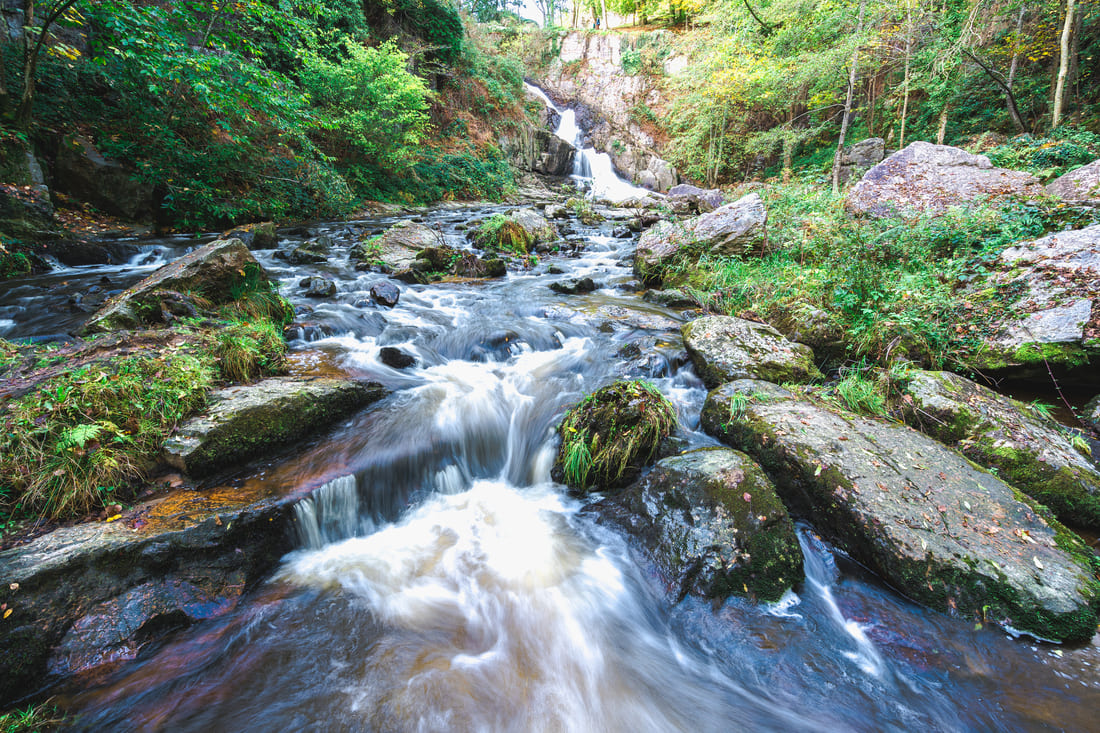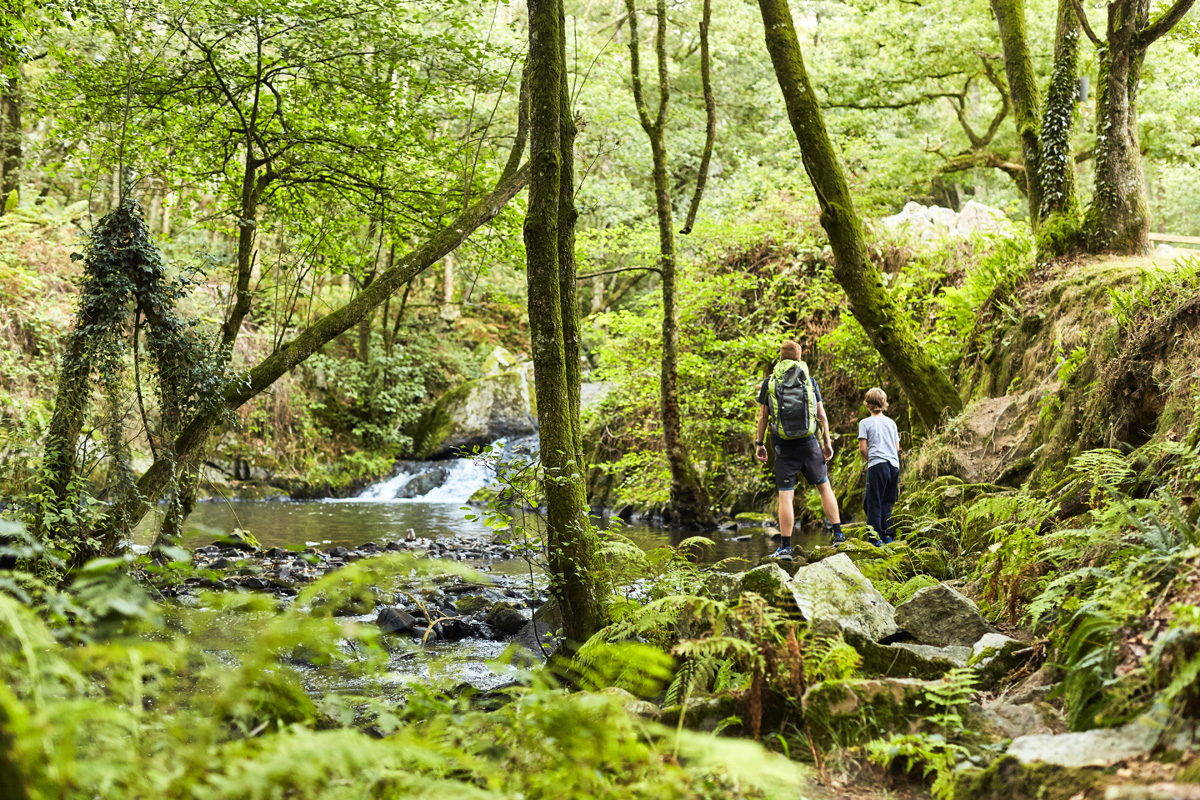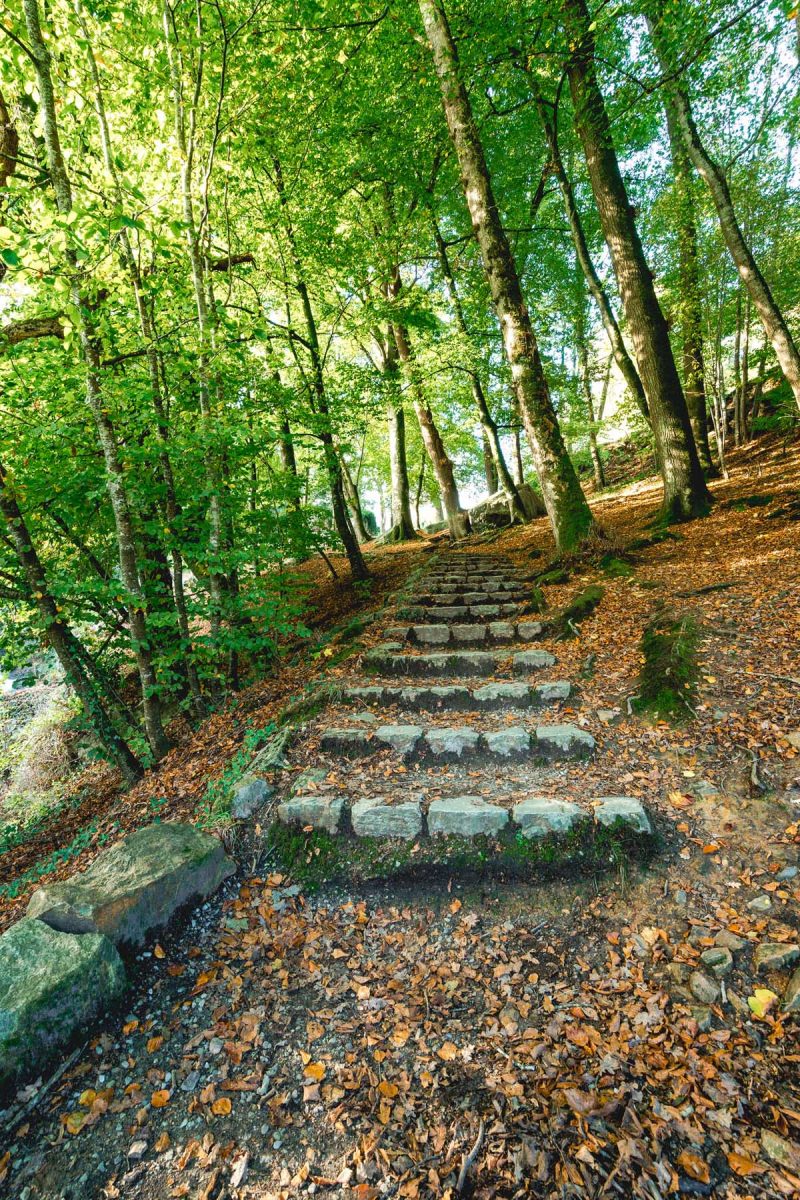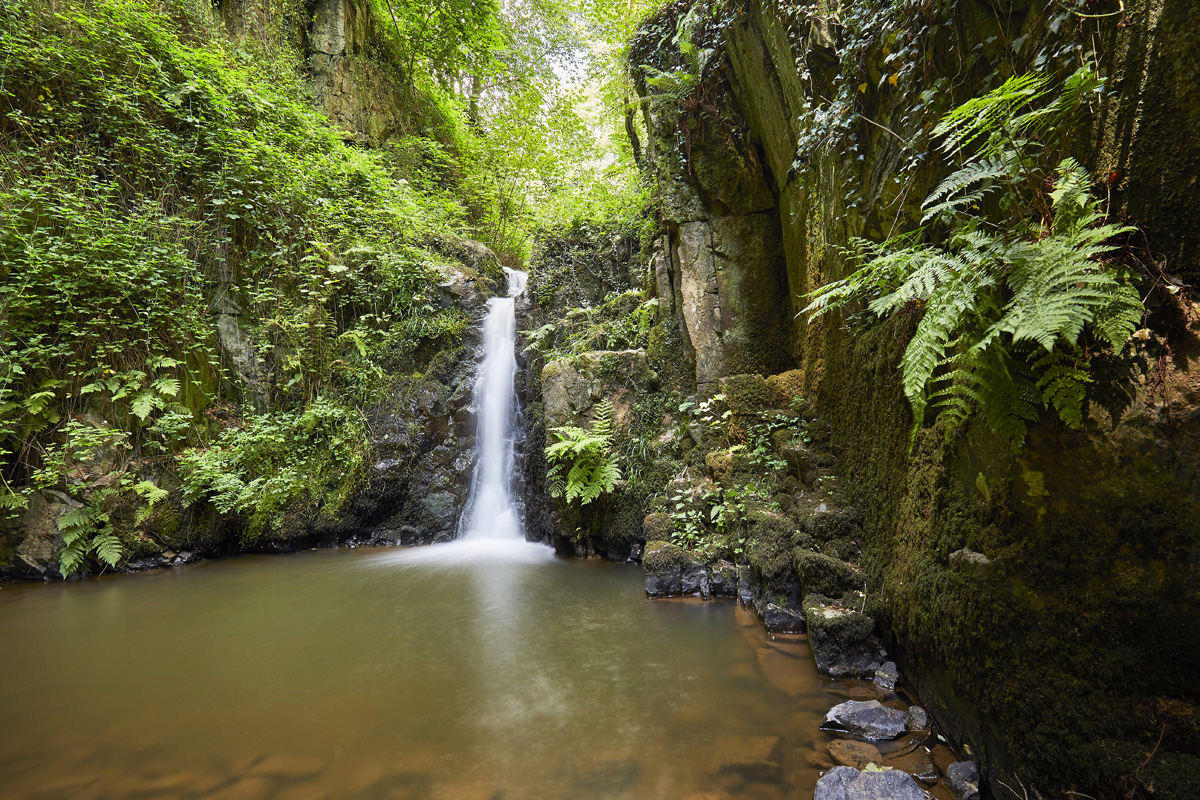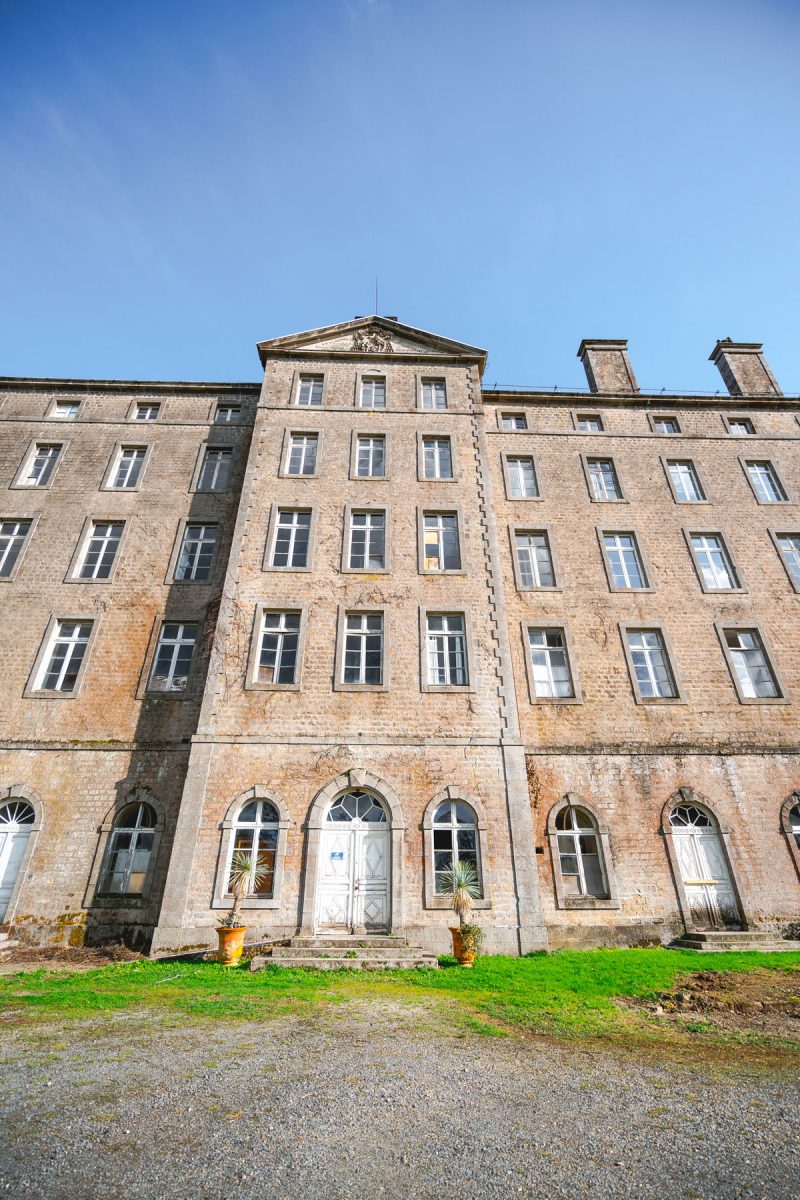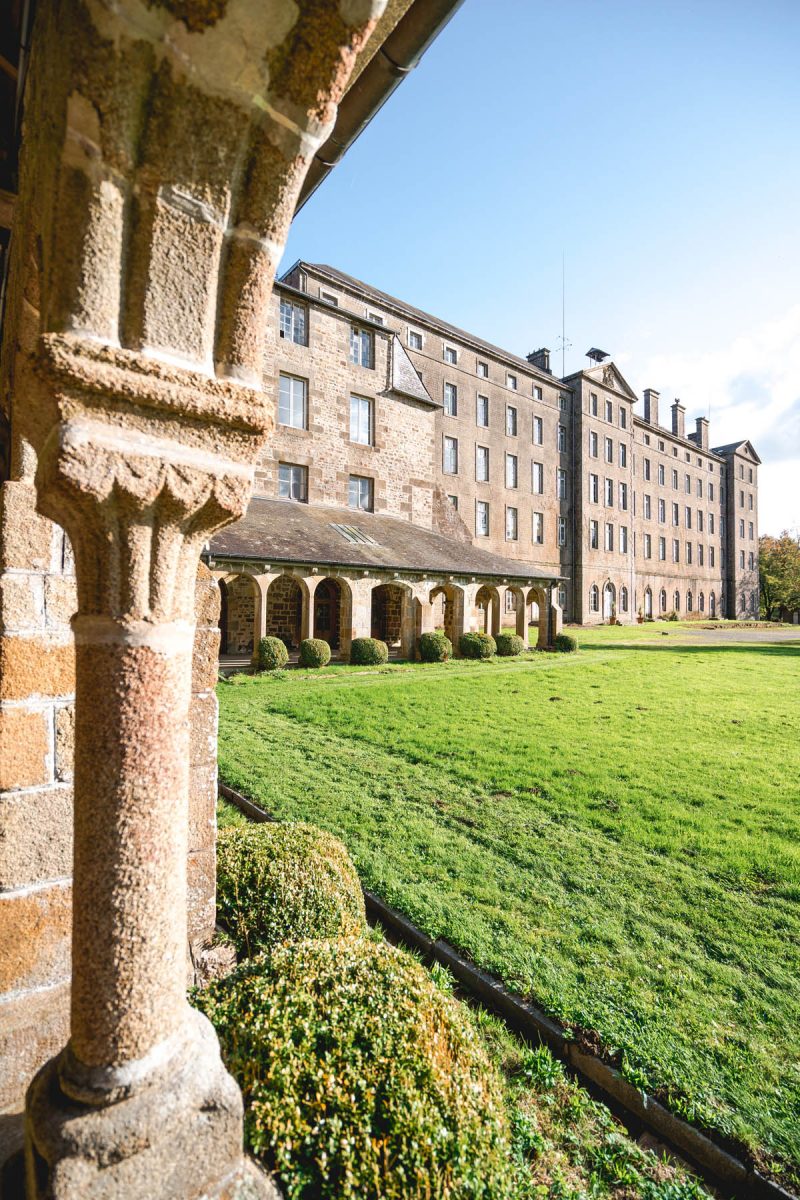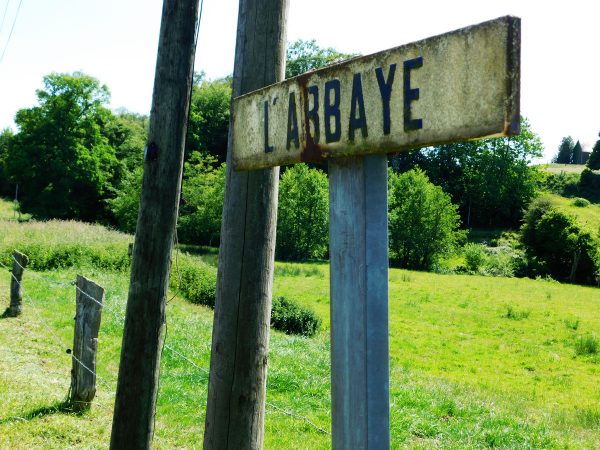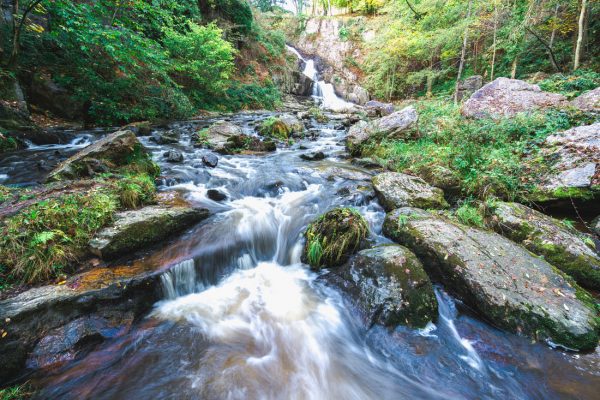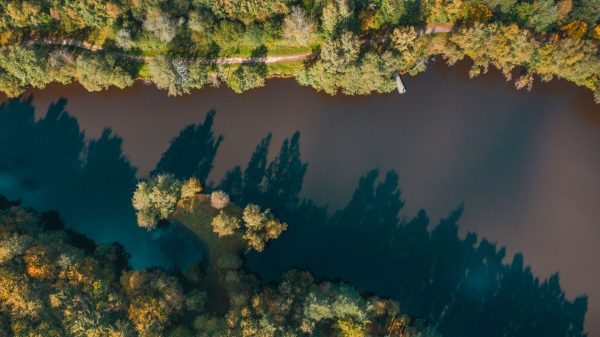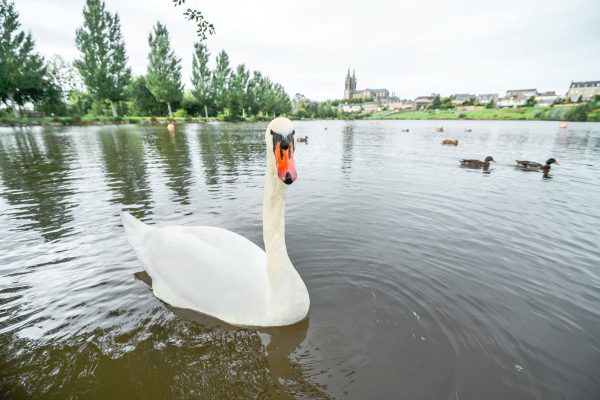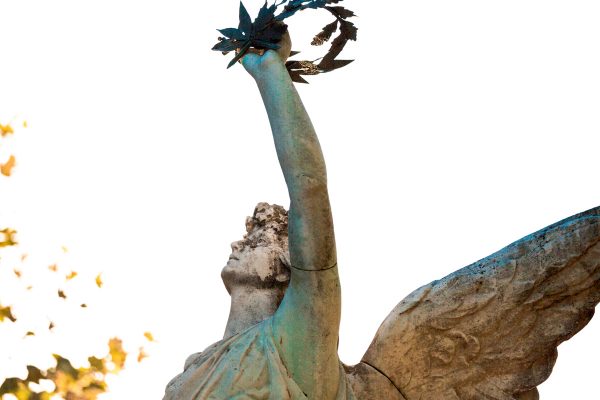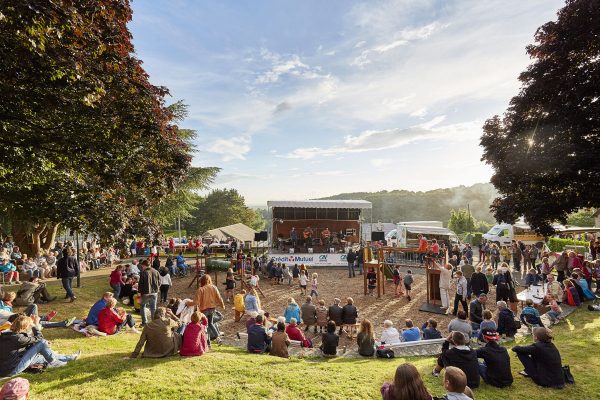It is often rumoured that goblins – little creatures with pointed ears – hide in our waterfalls to tell you our stories: from the most surprising ones, like that of the Devil’s Bridge, to the most strategic, on Hill 314, at the Saint-Michel Chapel.
Unique natural heritage in Normandy
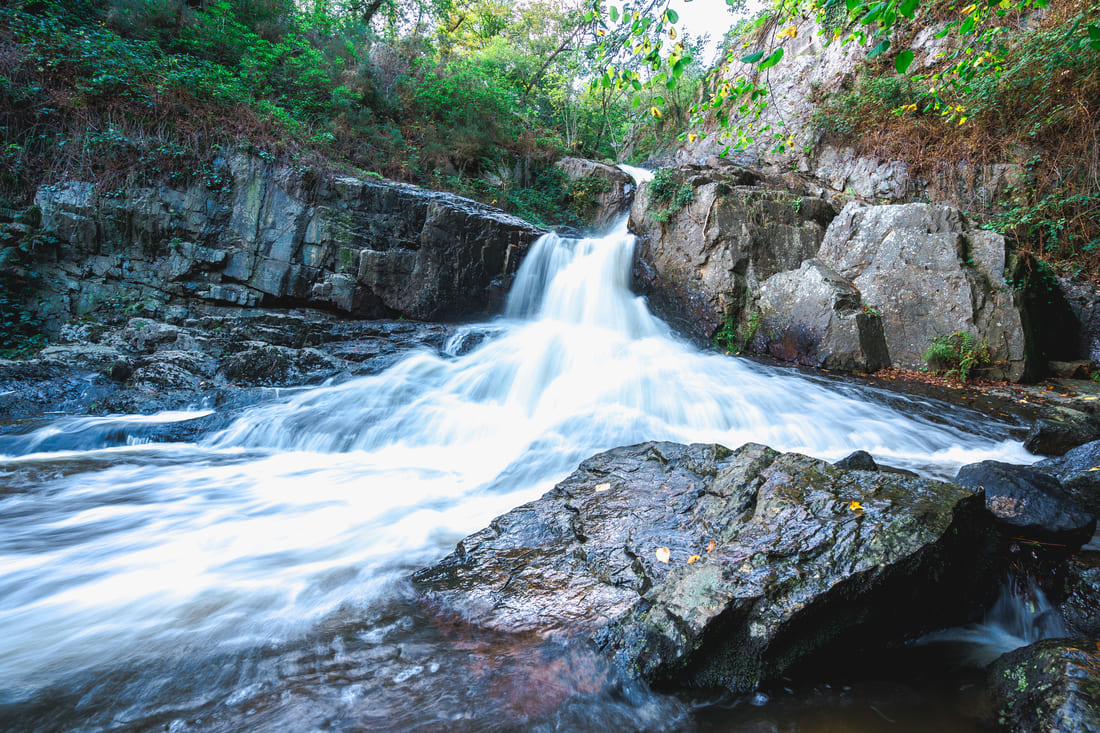
At the bend in the road, when crossing Mortain, just stop and listen, and you’ll hear the rumble. Two waterfalls cascade within the Mortainais, one of the oldest mountain ranges in France, which gives its name to the east of our region: the mountains of Mont Saint-Michel. Two rivers cross these mountains, and over time have formed these waterfalls: the Cance and the Cançon.
From waterfall to waterfall
The Grande Cascade, the largest in the West with its 25-metre fall, is also the most impressive of the two – with its subsequent flow, located in a unique rocky setting, carved out by the passage of the Cance River from the Armorican sandstone. A path along the waterfall allows you to follow it from its summit to the foot of the falls. Further down, the Petite Cascade is the favourite of hikers, who pass by the path built on the side of the waterfall. The Cançon, which crosses it, is also nicknamed the golden river: on heavy rains, it carries clay sediments, which give it this unusual colour. Made up of a series of small falls, it winds its way through a narrow canyon before reaching the Rocher de l’Aiguille further down, against which the heart of an unfortunate young man can be heard beating.
A story of goblins
The tales of these waterfalls are best told by the Goblins. These are small, often very ugly creatures with large pointed ears, who have long since settled in Normandy. In Mortain, they live right here, next to the waterfalls. Found here since the beginning of time, they very often form part of the legends that come to life in the Mortainais., along with the devil or fairies.
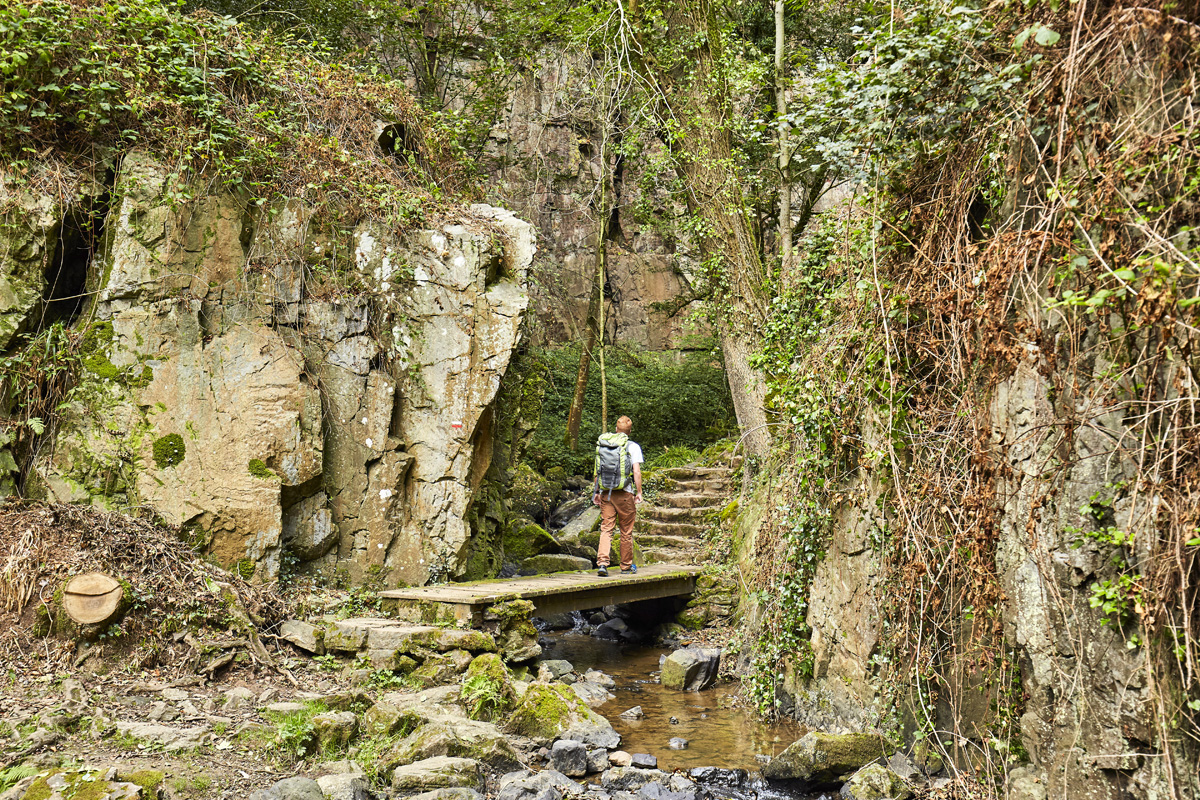
Have you heard of Leonix?
It is said that a young man named Leonix, drawn in by his own curiosity, hoped to spy on the fairies who used to spin linen at this place. Surprised by the fairy queen, the latter threw her needle into his heart, which instantly turned into rock. It is still said today that if you listen closely to the rock, you can hear Leonix’s heart beating.
Or perhaps the Devil’s Bridge?
Long ago, floods and storms frequently washed away the bridge built over the small waterfall. One morning, the villagers woke up to find that the bridge had been washed away again. It was then that a hooded man with crooked hands offered to rebuild the bridge in one night. His promise was kept, and the next day a solid bridge sat where the old bridge had once been. However, the Devil, who built the bridge, claimed in payment the soul of the first to cross the bridge. A young man from the village then went to fetch a black cat and burned its legs, forcing it to cross the bridge. Since then, black cats have always served the Devil. At least that’s what the goblins tell us.
An Abbey, dressed in white
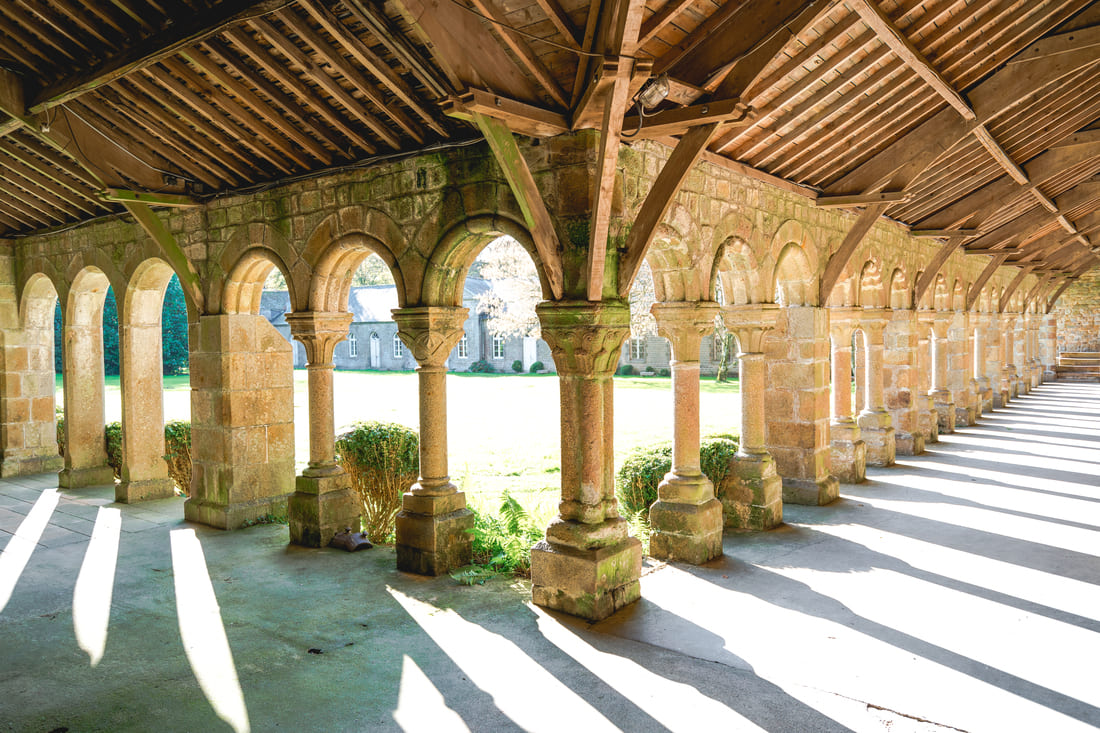
At the top of the Grande Cascade, behind its high surrounding wall, stands a 12th century Cistercian abbey, whose history is closely linked to that of Mortain. Today undergoing restoration, this abbey is known as the Abbaye Blanche (the White Abbey): the colour of the habits worn by the nuns who lived there until the French Revolution.
The White Abbey was an exclusively female convent until 1791, under the supervision of an even larger abbey, now almost disappeared: the Abbey of Savigny-le-Vieux.
Recent past
From its mountains, huddled against the rocks, the town of Mortain was an important strategic point during the Second World War, in an operation called the Counter-Attack.
From a small chapel in the heights …
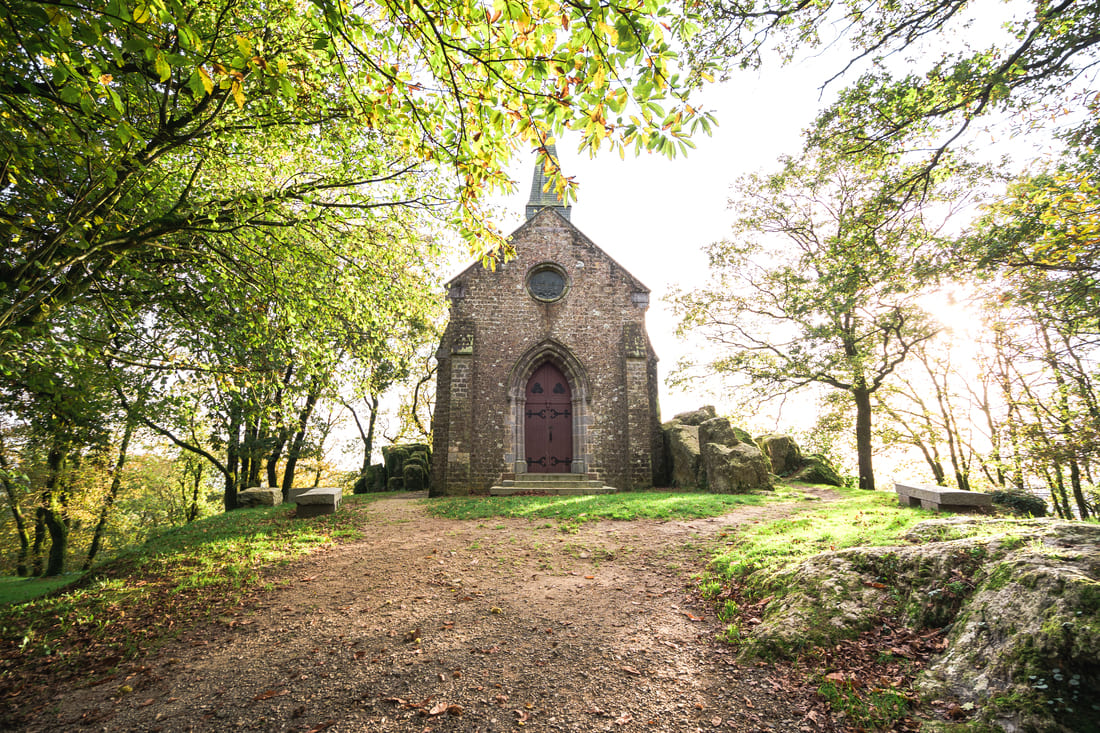
By taking the zig-zagging roads of the town, from the East, we arrive upon the heights of Mortain. From there, visitors are offered a magnificent view of the Mortainais, over the colourful fields during the summer, and where – at the end of a shaded path – stands a small chapel, the Chapelle Saint-Michel.
Constructed atop a ‘montjoie’, those high points from which pilgrims could see the silhouette of Mont-Saint-Michel for the first time, this chapel was built in the mid-19th century, on the site of a hermitage – the dwelling place of a hermit, a man who would retreat from the world for prayer. It also bore witness to the fighting that took place at Mortain from 6 to 12 August 1944.
… to Hill 314
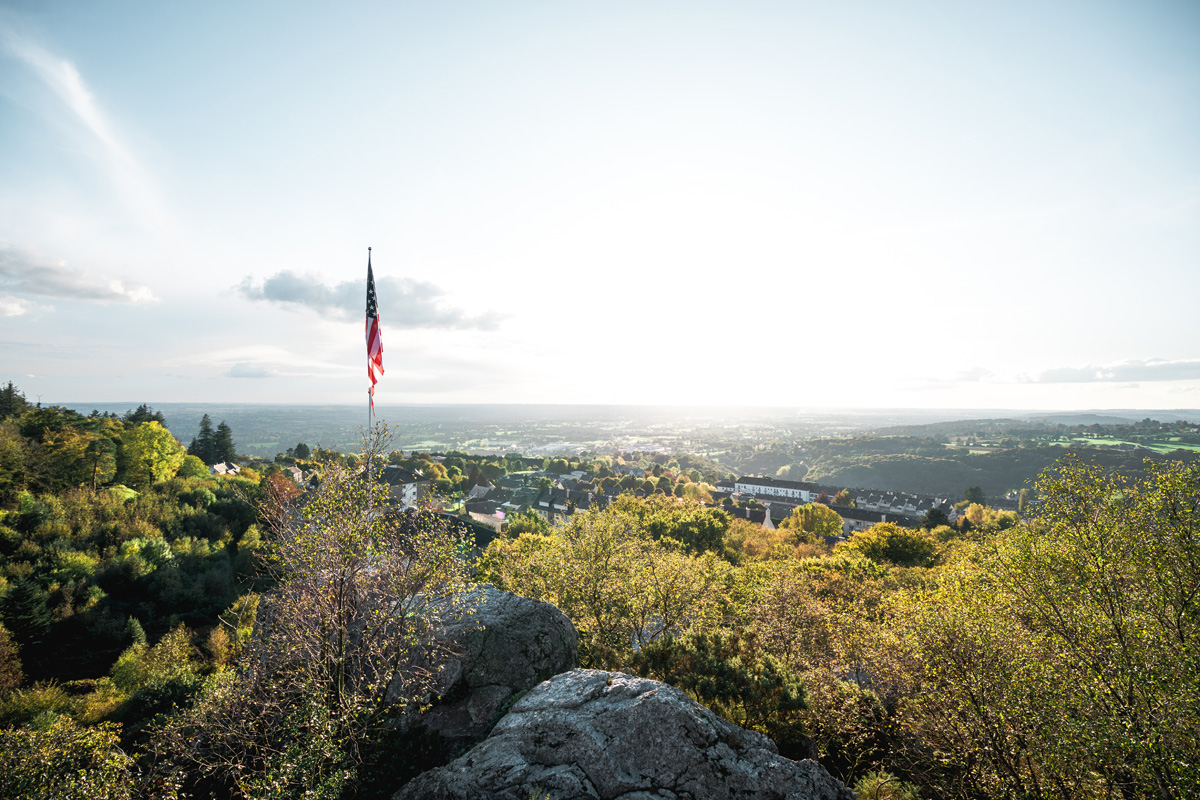
Following the landing of the Allies on the Normandy coast, the gradual liberation of Normandy and the retreat of German troops, Hitler organised a counter-attack on Mortain – against the advice of his generals – to drive General Patton’s Third Army into the sea. For days on end, Allies and Germans fought on this rocky spur, which was at that time known by the military name of Hill 314. After several days of intensive fighting and heavy losses, the Allies retook Mortain and continued their advance. At the same time, the German-held area of “Falaise” gave way to Patton. Normandy was liberated.
The Lost Battalion
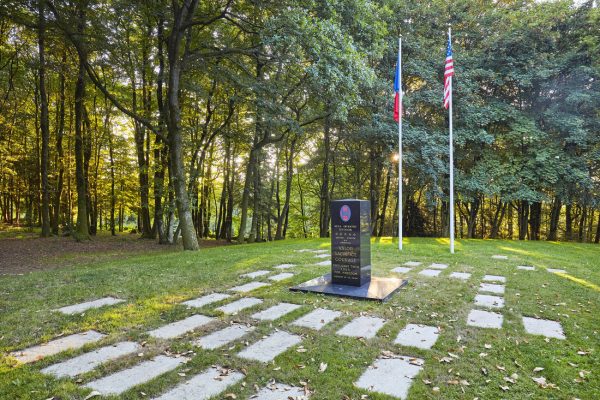
At the foot of the chapel, a memorial still stands today, reminding us of the events of August 1944.
In the intensity of the fighting, the 30th US Infantry Division of the 120 th US Infantry Regiment ensured the defence of Hill 314. Nicknamed the Lost Battalion, this division lacked means and became isolated from the rest of the troops, faced with a tenacious enemy. The soldiers fell, but the Allies did not surrender. They guarded their positions, hid between the rocks, supplied with medicine and ammunition from the air – sometimes without success – while the locals brought them food, and endured the enemy’s assaults. From 6 to 12 August 1944, these GIs blockaded the German army until the 35th Infantry Division came to relieve them. For five days, these soldiers paralysed the advance of German tanks into the valley.
Of this battalion of 950 men, 277 would never return.


